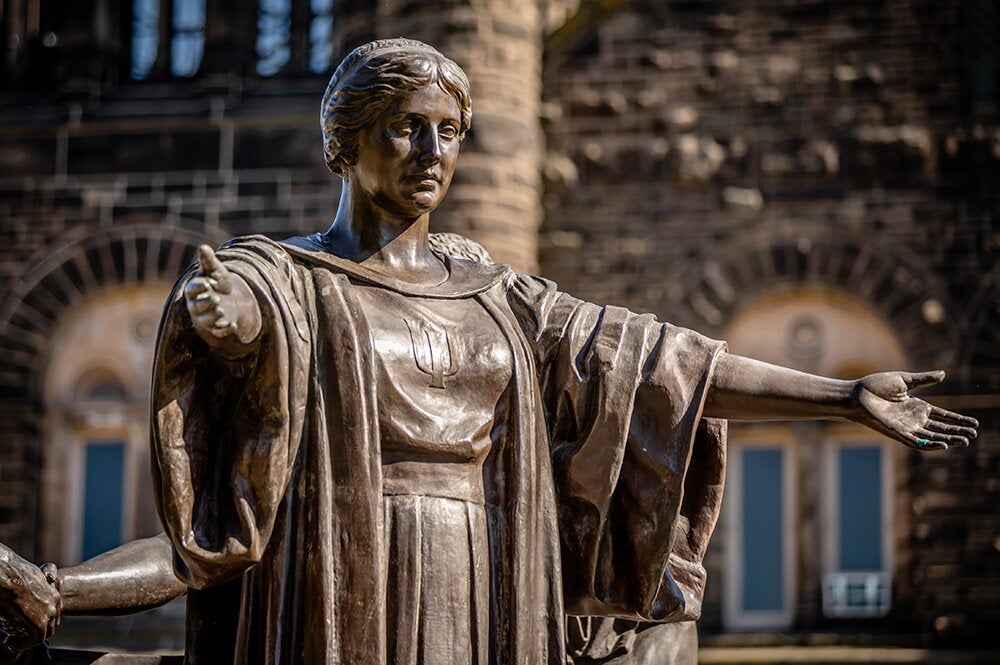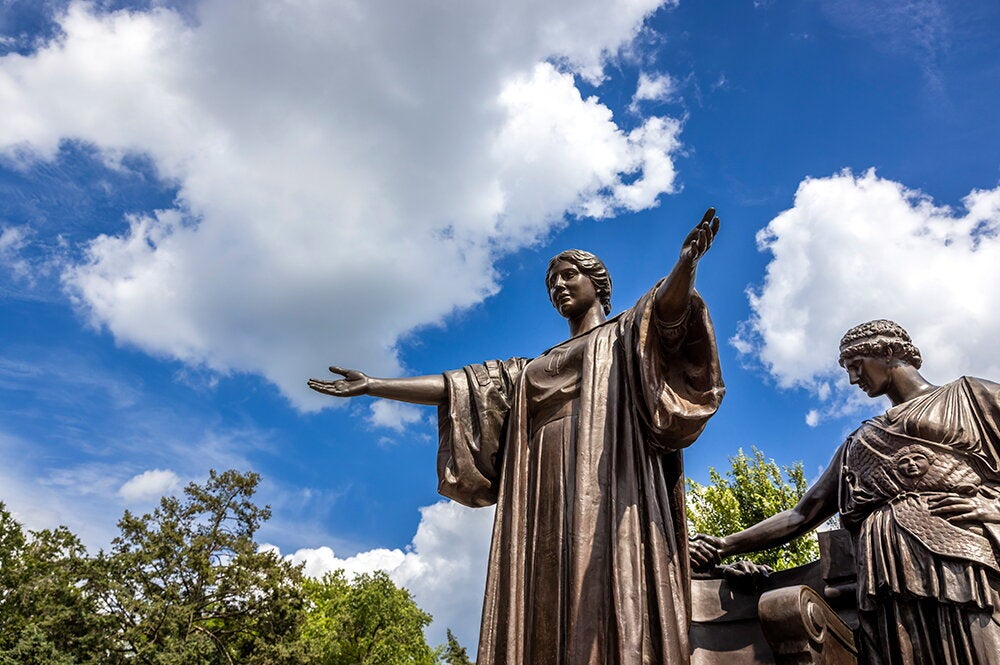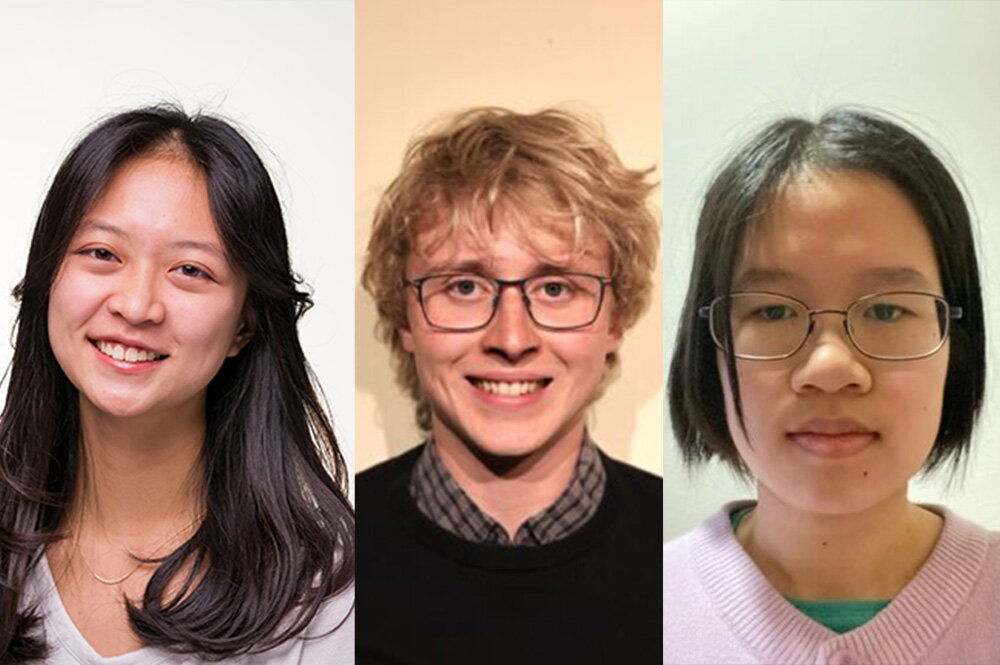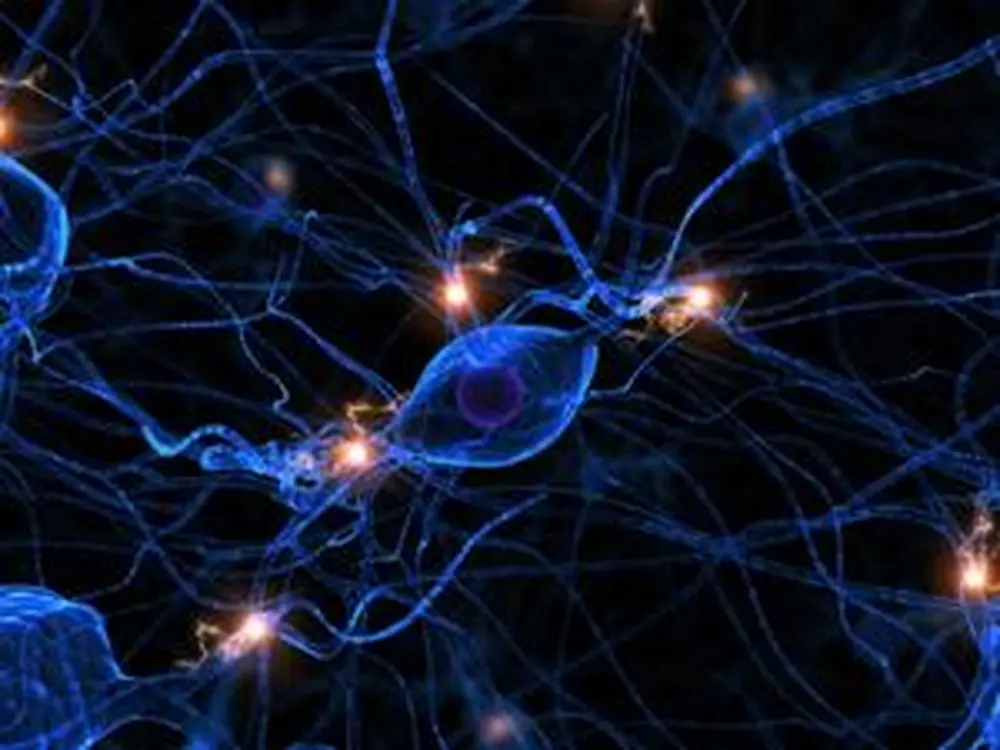
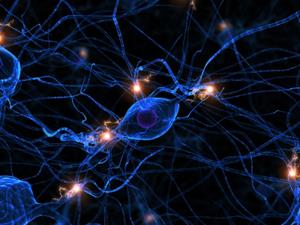
The brain contains hundreds of billions of interconnected neurons—cells that trigger every muscle movement and every thought passing through our minds. Neurons also work together with mathematical precision. In fact, by using new research models, LAS mathematics professor Lee DeVille was surprised to see how complex networks of neurons can work together even when random disconnections plague the system.
“Isolated by themselves, neurons cannot do nearly as much as they can do collectively,” he says. “The types of things a brain can do are indescribably more complicated than the types of things a neuron can do.”
Complex systems, such as the brain, can only be understood if you study them as a whole. You cannot understand how they work by studying only their parts, such as individual neurons, says DeVille, who is also an affiliate of the biocomplexity team in the Institute of Genomic Biology. He is the first mathematician to join this University of Illinois group.
“People in many fields have been studying complex systems for a long time, trying to understand the principles guiding their behavior,” he says. “But only recently have people made significant progress in understanding them mathematically. These systems are so complex that you really need a new mathematical approach.”
Sometimes, however, to study complexity, you must simplify. Therefore, DeVille developed a highly simplified model of a network of neurons, and he looked at how it responded when he injected “randomness” into the system.
Because neurons function by forming connections with other neurons in the brain, he designed his simulated system of neurons so that it formed new connections in a random way. He also injected random failures, so new connections sometimes worked and sometimes failed.
DeVille says they were surprised to find that even with random connections and random failures, the parts of the system continued to work together in sync, as other brain cells got caught up in the activity when some neurons failed to make connections.
“On an individual level—the level of single neurons—the system looks very random,” he says. “But if you look at the network of neurons as a whole, the system synchronizes. The neuronal activity is very regular.”
DeVille stresses that his research is too early and the models are too simple to shed light on the workings of the brain or its components. Not being a neuroscientist, he is simply using neural systems as a way to better understand the general organizing principles of all complex systems—not just the brain.
On a mathematical level, for example, he was able to describe mechanisms that lead to the synchronization of complex systems. “And perhaps more importantly, we were able to mathematically describe when a system breaks down.”
He says two opposing forces are constantly at work in a complex system, and “they are continually fighting.” One force leads to incoherence and randomness, while the other leads to coherence and regularity.
“What our analysis came down to is an understanding of when one of these forces will win,” DeVille says.
